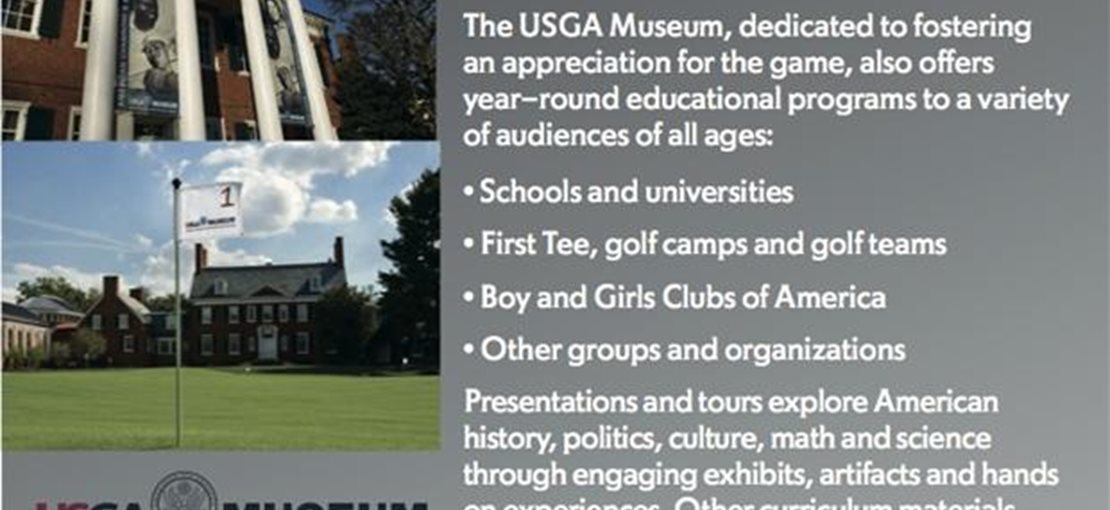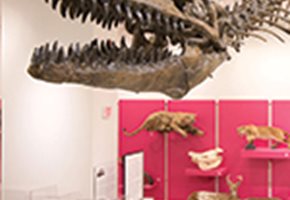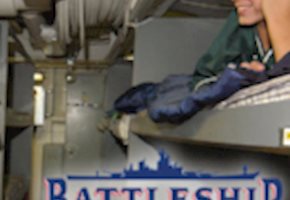The United States Golf Association and Arnold Palmer Center for Golf History is pleased to provide this package outlining our educational programming for junior golf programs, schools, athletic programs, associations, golf clubs and other organizations. We believe that there are qualities inherent to the game of golf that, when exposed to a child, have the ability to positively impact a life. Values like self-reliance, integrity, responsibility, and dedication are all values critical to developing children into responsible young adults. In addition, our programs meet national learning standards in a variety of subjects from math and reading, to geography, language arts, history and civics.
In order to meet the interest and needs of various groups, our current Educational Program is comprised of a variety of components:
NEWS IN EDUCATION PAPERS
The USGA Museum offers four newspapers highlighting the careers and lives of Patty Berg, Bobby Jones, Babe Didrikson Zaharias and Arnold Palmer through stories, built-in activities and lessons. These four papers focus on various aspects of character education and teach valuable life lessons related to responsibility, courage, discipline, perseverance, humor and individuality. Three additional papers have recently been added. The Power Game: A Scrapbook of Presidential Pals, created in conjunction with the 111th United States Open Championship, held at Congressional Country Club in Bethesda, Maryland, ties in the close association between golf, leadership and integrity. It helps explain the important role the game has played in the life of our nation’s capital and has an online interactive component featuring a web-based exhibition with photos, video and a variety of artifacts from several officials including William Howard Taft, Dwight D. Eisenhower, Condolezza Rice and George W. Bush. American Champions and Barrier Breakers focuses on the lives and careers of Jackie Robinson, Joe Louis and Althea Gibson, well known for their challenges and achievements in baseball, boxing and tennis, but also recognized for breaking barriers, in behalf of African-Americans, when they transitioned to golf. Through Stem Zone and The Golf World, Chevron and the USGA are bringing math and science to life by showing how STEM studies play a big role in the game of golf. All of these educational and engaging newspapers have a teacher guide for classroom use as well.
EXHIBITION PROGRAMS
Field trips to the USGA Museum enable groups to journey through golf history viewing exhibitions that focus on USGA champions and memorable moments in championship history. Many of the exhibits dedicated to players, like Arnold Palmer, provide an opportunity to discuss our many champions and their contributions on and off the course. The stories from Arnold Palmer’s career, for example, are important for everyone to know. His competitive nature, business acumen, course golf architecture design, and charitable endeavors are tools for teaching what is most important about living a full and giving life. Similar stories and exhibits can be viewed throughout the Museum. In addition, a side trip to the Research and Test Center highlights the methods used by the USGA in establishing equipment standards. Math and Science come into play for future engineers participating in this particular tour. The third on-site component to a typical field trip is the Pynes Putting Course where the group can experience golf the way it used to be played. Inspired by the Himalayas green in St. Andrews, Scotland, the 16,000-square-foot green offers a challenging opportunity to putt with replicas of clubs and balls from the 19th and early 20th centuries.
OUTREACH PROGRAMS
Groups who are unable to visit the USGA have the option of having the museum come to them. Traveling exhibitions and presentations can be arranged throughout the year. These include the choice of one of the News In Education papers, a variety of artifacts from the vast museum collection and a presentation conducted by the museum’s outreach educator or qualified museum representative. Programs are designed and presented in a discussion format, with lively interaction between the educator and the group.
Please note that our programs can be modified for any age group and are not solely intended for children. For further details regarding any of these educational programs offered by the USGA Museum, please feel free to contact me directly.
77 Liberty Corner Road, Bernards Township, N.J
908-234-2300 / museum@usga.org
www.usgamuseum.com






Add A Comment
Thank you for your comment.
Sorry! There was a problem with your comment submission. Please try again.
Comment
Allowed HTML: <b>, <i>, <u>, <a>
Comments
Thank you for your comment.
Sorry! There was a problem with your comment submission. Please try again.
Thank you for your comment.
Sorry! There was a problem with your comment submission. Please try again.